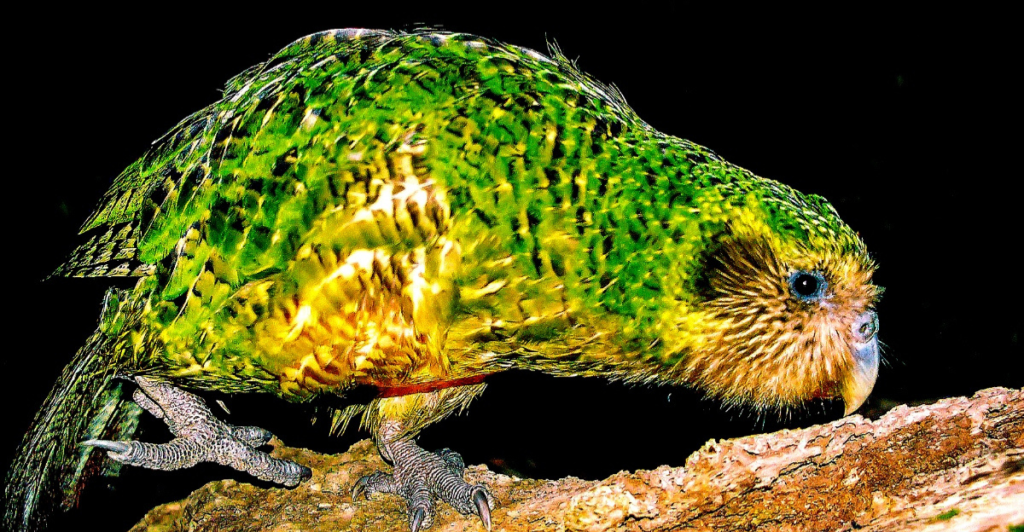
Throughout history, many species have faced the threat of extinction due to human activity, habitat destruction, and environmental changes. Some came dangerously close to disappearing forever, but thanks to dedicated conservation efforts, they have made incredible comebacks. These are twelve animals that defied extinction against all odds.
1. Mountain Gorilla
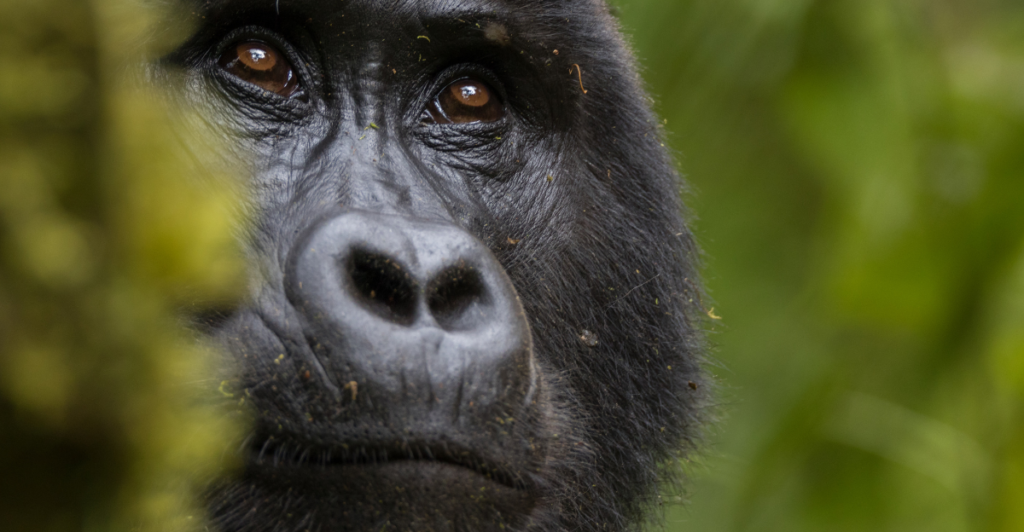
In the late 20th century, conservationists worried that mountain gorillas would go extinct because of habitat destruction and poaching. But since then, they have made a remarkable recovery. Thanks to strict habitat protection in Uganda, Rwanda, and the Democratic Republic of Congo, their population has grown to over 1,000 individuals.
2. Bald Eagle
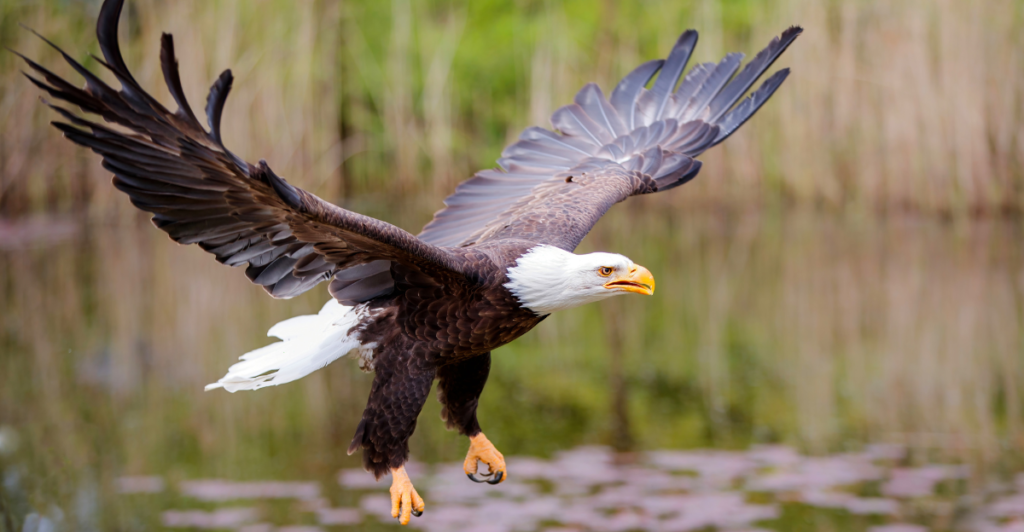
The Bald Eagle almost went extinct because of DDT, a synthetic insecticide that prevented eagles from reproducing successfully. In 1972, DDT was banned. Bald Eagle populations grew thanks to legal protections under the Endangered Species Act and the Bald and Golden Eagle Protection Act.
3. Giant Panda
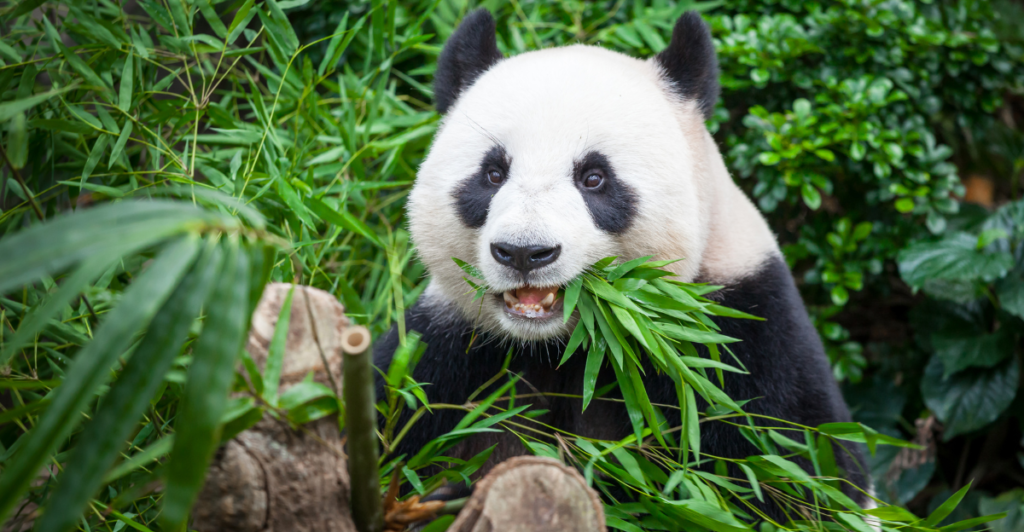
Although Giant Pandas are still a vulnerable species, they are no longer on the brink of extinction. China has established more than 67 protected reserves dedicated to giant panda conservation. These reserves protect bamboo forests, which pandas rely on for food. Advances in captive breeding have also significantly improved reproductive success among the species. Their population has grown to over 1,850 individuals in the wild.
4. Arabian Oryx
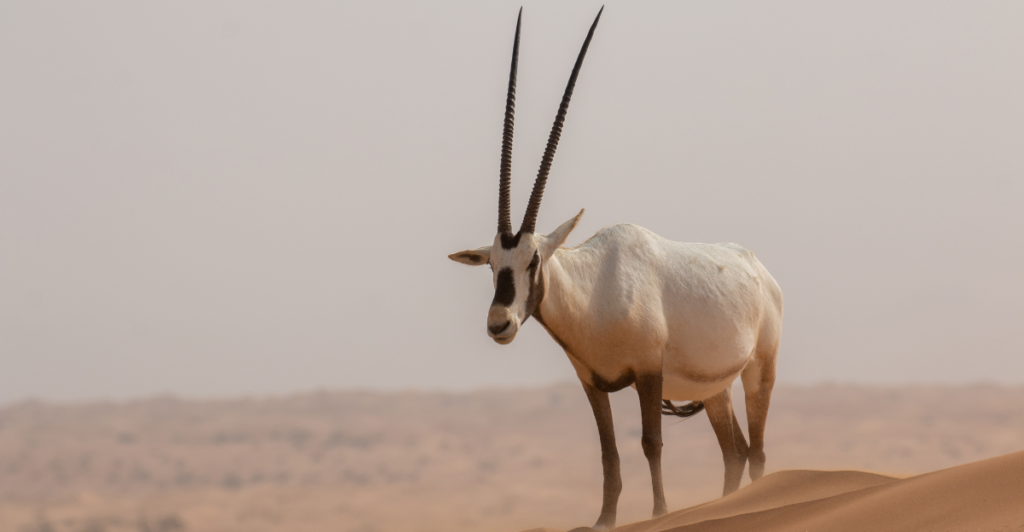
In 1972, the Arabian Oryx was officially declared extinct in the wild due to overhunting and habitat loss. But thanks to captive breeding and reintroduction efforts, the IUCN reclassified them from Extinct in the Wild to Vulnerable in 2011. They are the first species that has ever recovered from complete extinction in the wild through conservation efforts.
5. Iberian Lynx
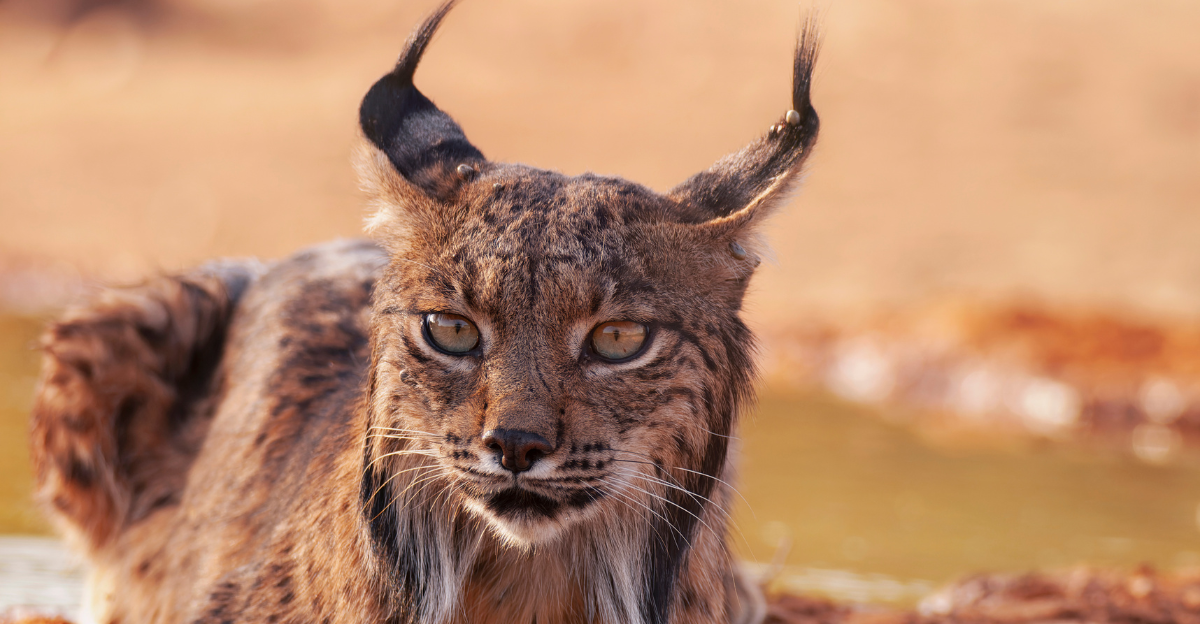
In 2002, the Iberian Lynx was classified as critically endangered. Their population dropped to fewer than 100 individuals because of habitat loss, a decline in rabbit populations, and road fatalities. But thanks to habitat restoration and breeding programs, their population has grown significantly over the years.
6. Przewalski’s Horse
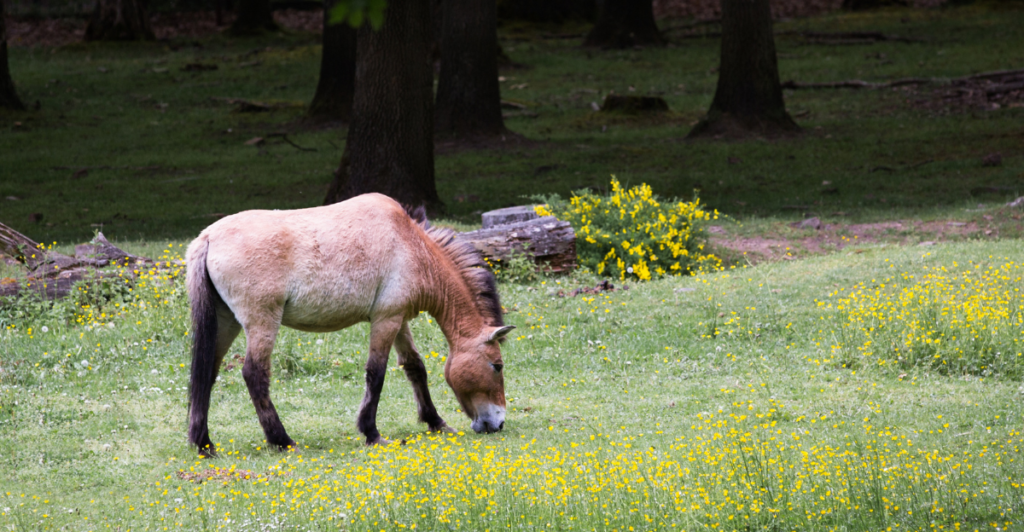
Przewalski’s horse, the only truly wild horse species left in the world, disappeared from the wild by the 1960s, with the only surviving horses living in captivity. This breed was saved from extinction through zoo breeding programs and reintroduction efforts in Mongolia and China.
7. California Condor
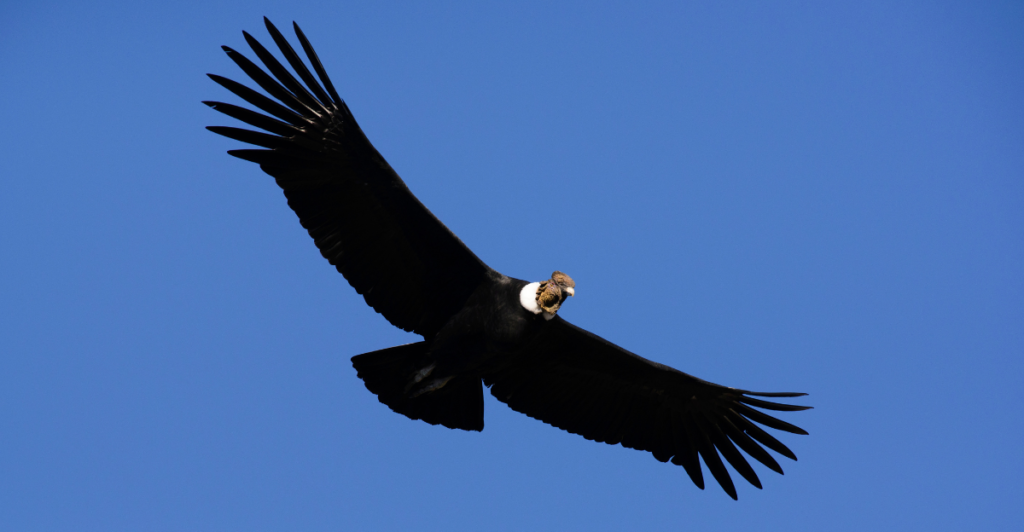
DDT didn’t only affect Bald Eagles back in the day; it also had an impact on California Condors. However, their primary threats were lead poisoning from ingested bullet fragments, habitat loss, and poaching. By 1987, only 22 of these birds were left in the wild. But thanks to a captive breeding program and the ban on DDT, over 500 California Condors live today.
8. Black-Footed Ferret
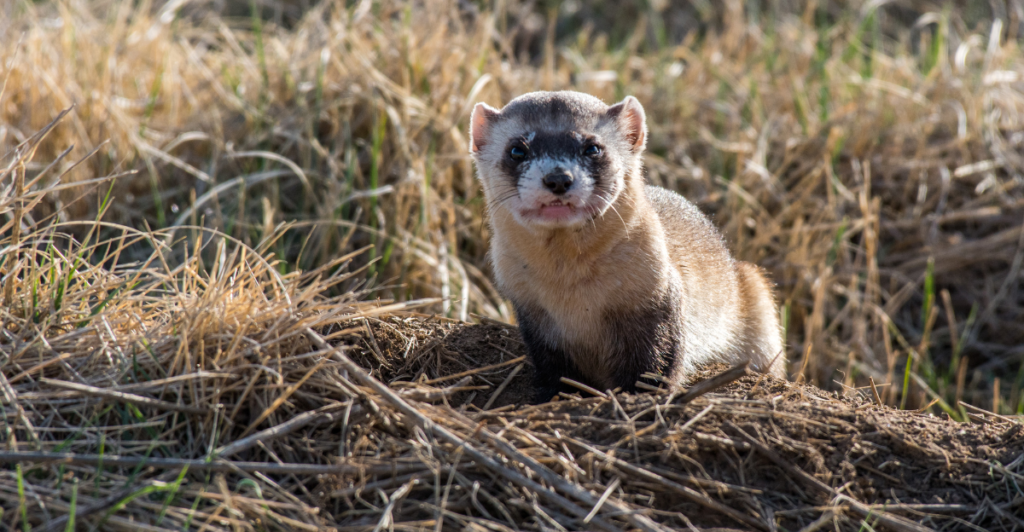
The Black-Footed Ferret was once on the brink of extinction due to habitat loss and a non-native disease called the sylvatic plague. But thanks to captive breeding programs and vaccination efforts, their population has grown significantly.
9. Spix’s Macaw
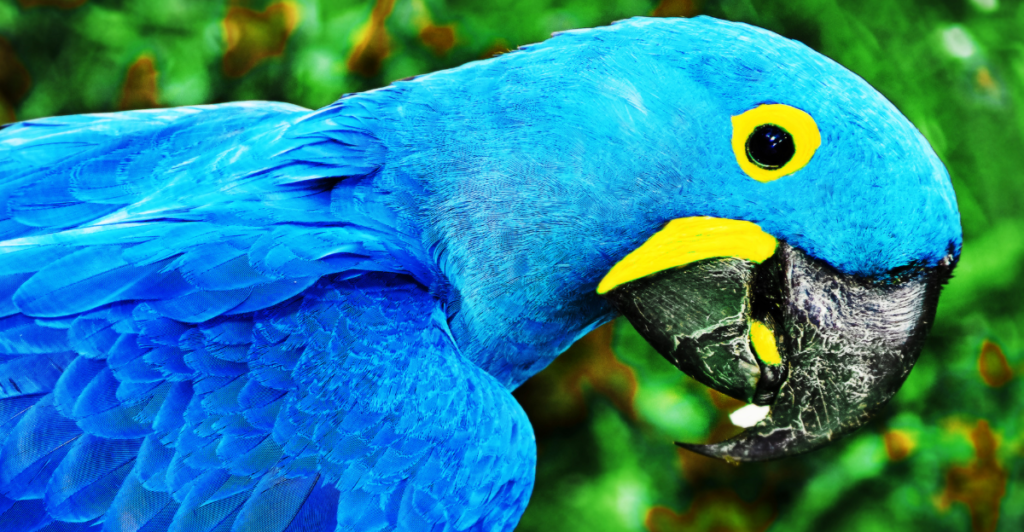
The Spix’s macaw has made an impressive recovery after being declared extinct in the wild due to deforestation and habitat degradation. Breeding programs kept the species alive in captivity while habitat restoration in Brazil prepared for reintroductions.
10. Humpback Whale
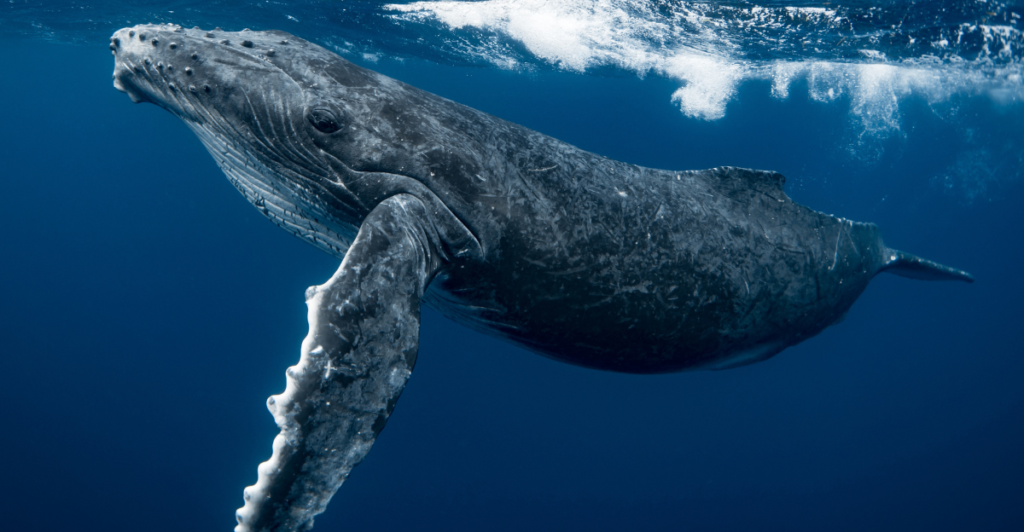
Commercial whaling is a huge problem, and in the 19th and 20th centuries, it drove humpback whales to near extinction. In 1966, commercial whaling was banned in an effort to save various sea creatures, including the humpback whale. Marine-protected areas kept breeding and feeding groups safe while programs were launched to remove harmful fishing gear from the ocean. This saved the world’s humpback whale population.
11. Whooping Crane
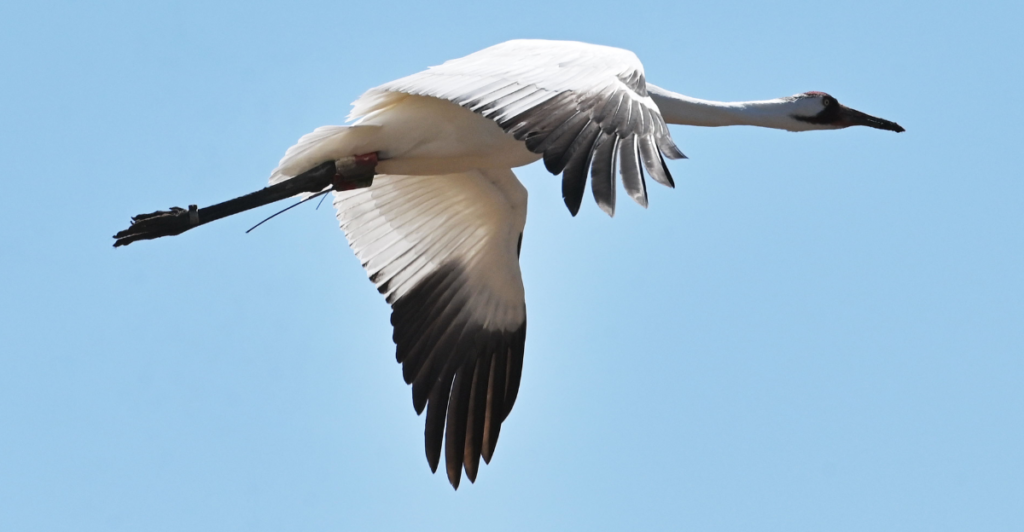
Whooping Cranes were officially listed as endangered in 1970 due to habitat loss and overexploitation. But thanks to breeding programs and wetland habitat conservation, these birds have seen a remarkable comeback in recent years.
12. Peregrine Falcon
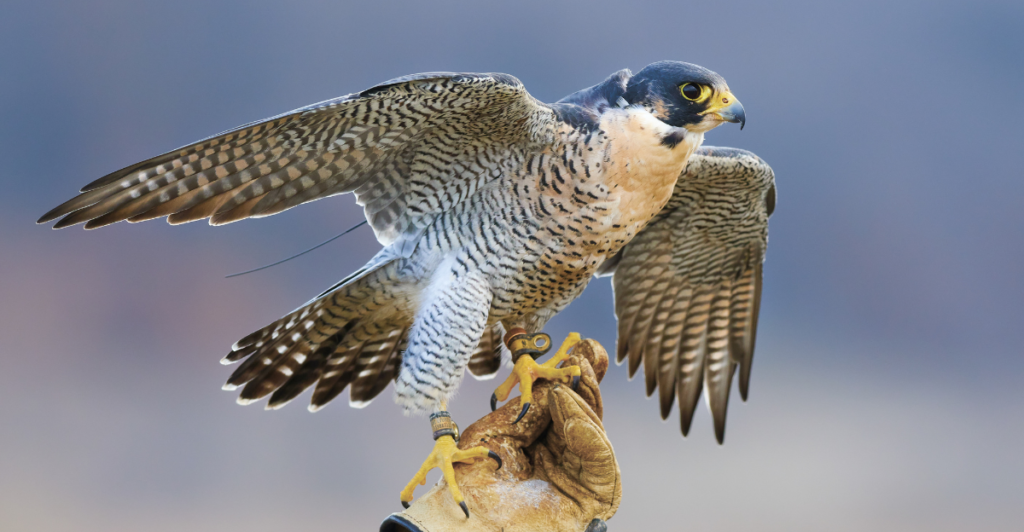
By the 1960s and 1970s, Peregrine falcon populations in the US dropped because of DDT exposure. The ban on DDT played a huge role in restoring their populations. Breeding programs and legal protections ensured nest site safety, expanding their numbers worldwide. Today, there are approximately 3,500 nesting pairs.
Discover more of our trending stories and follow us to keep them appearing in your feed

California Is Breaking Apart: A Fault Line Is Forming Faster Than Anyone Predicted
Scientists Are Bringing Back The Wooly Mammoth
Philanthropist Promises To Cover $771.23M Annually After US Exit From Climate Accords
The War on Cows Is Over—And Green Extremists Have Lost
This article first appeared here
Stay connected with us for more stories like this! Follow us to get the latest updates or hit the Follow button at the top of this article, and let us know what you think by leaving your feedback below. We’d love to hear from you!







